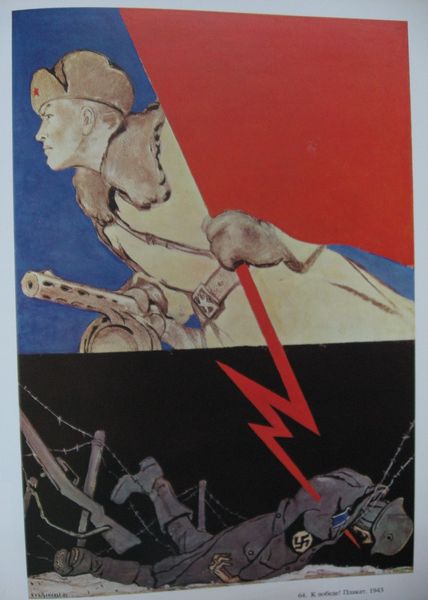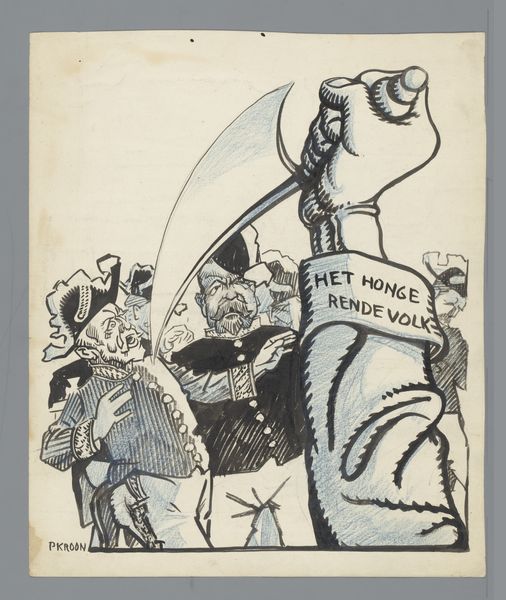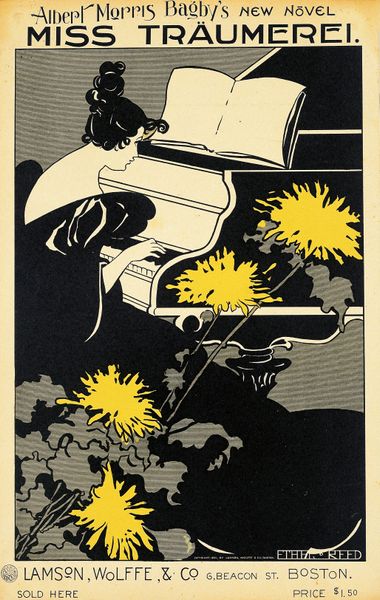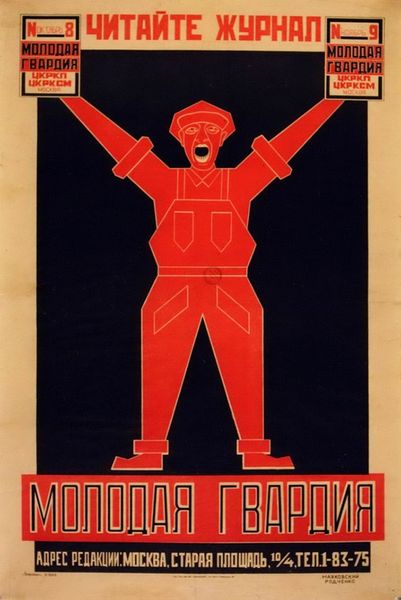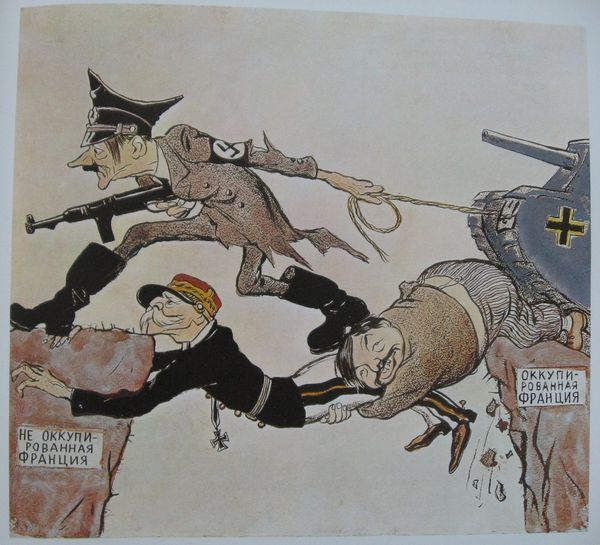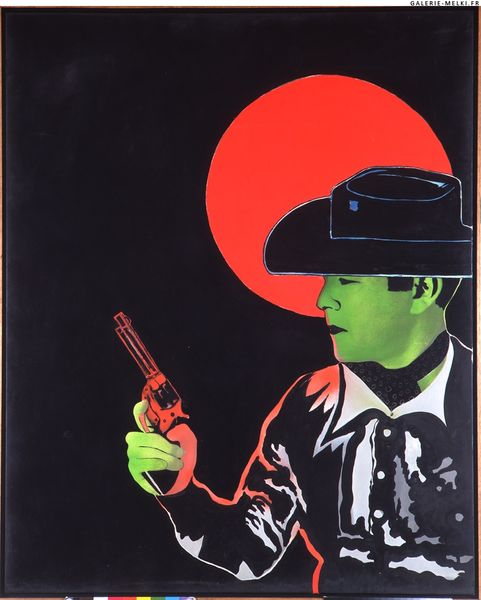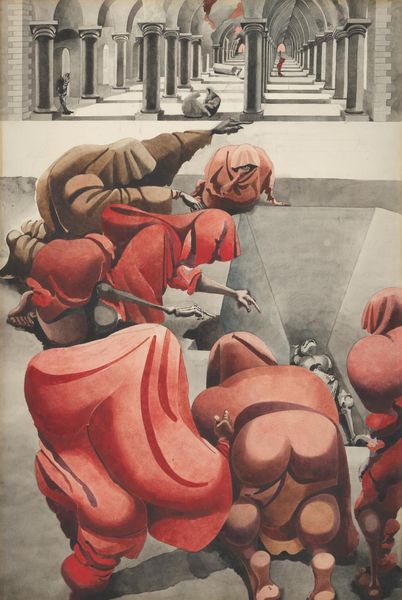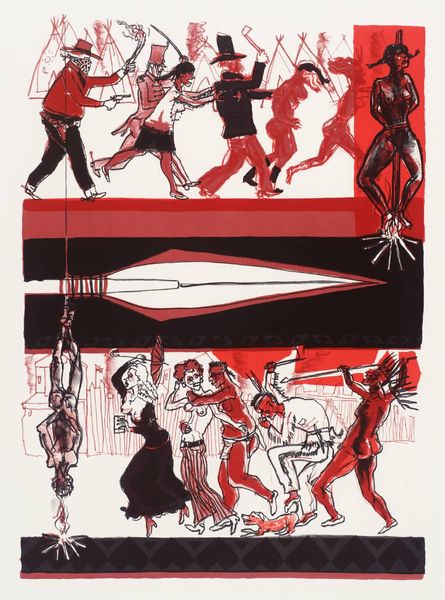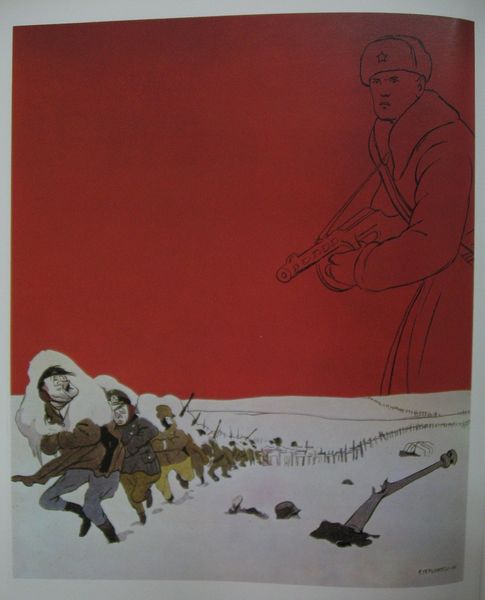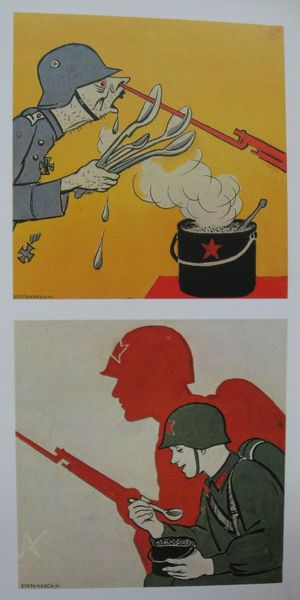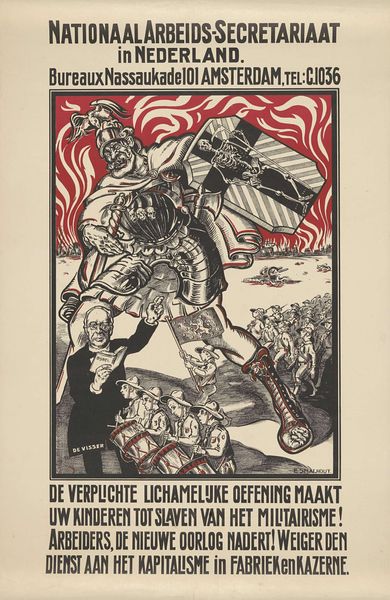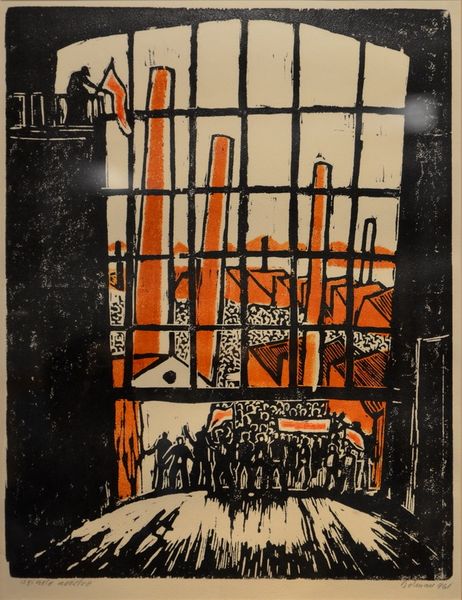
graphic-art, collage, print, photography
#
portrait
#
graphic-art
#
cubism
#
collage
# print
#
german-expressionism
#
photography
#
dada
Copyright: Public domain US
Curator: Well, this image certainly grabs your attention! John Heartfield created this graphic art piece titled "Franz Jung. The Conquest of the Machines" around 1923. Editor: It does! My immediate thought is raw, aggressive power. The dominating hand gripping a pistol, contrasted with the cold geometry of the machinery, gives a feeling of impending conflict. Curator: Heartfield, deeply involved with Dada and later known for his anti-Nazi photomontages, crafted this as a book cover. It speaks to the anxieties of the Weimar Republic and the rapidly changing industrial landscape. Editor: The gun as a symbol feels potent here. It’s almost a modern take on David and Goliath, where the individual, or perhaps a collective of individuals, is challenging the behemoth of industrial progress. Do you see echoes of revolutionary imagery? Curator: Absolutely. The hand and the weapon, juxtaposed against the rigid industrial parts, is itself revolutionary imagery. Dada aimed to critique the established order, and Heartfield definitely delivers. His choice of collage is critical here, because it allowed him to construct sharp juxtapositions which really hit the public. Editor: It also taps into deeper anxieties about dehumanization. Are we masters of the machine, or are we becoming slaves to it? The image holds both those ideas. The red triangle too is like the hammer about to strike, this element enhances the narrative. Curator: He used photography, collage, and print techniques to portray this tension, which shows how he was reacting to these developments. German Expressionism too plays its role in its aesthetic values. Editor: So, as a whole, this piece encapsulates a turbulent era, channeling anxieties about technology, and reflects society's struggle for control. Curator: I agree, the political dimensions here cannot be understated as an artifact that encapsulates political unrest and technological transformation of the time. Editor: Looking at the image as a collection of enduring symbols, it leaves me with this haunting premonition that we haven't quite figured it all out just yet, have we?
Comments
No comments
Be the first to comment and join the conversation on the ultimate creative platform.
